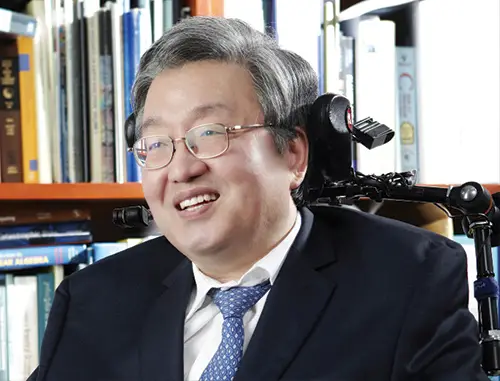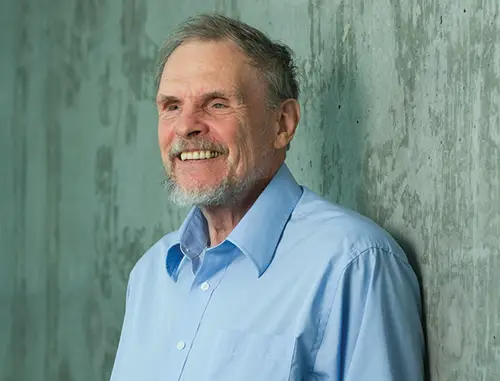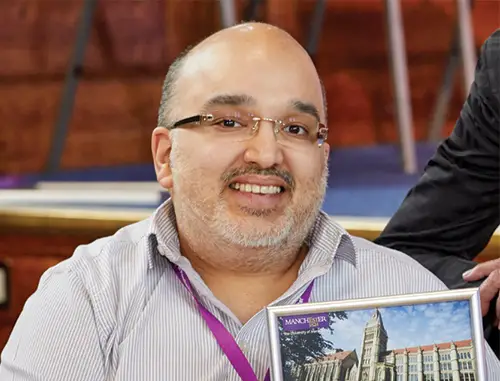
13 disabled scientists you should explore and discover
The representation of disabled people across various fields is on the increase except for one – science. The physical layout of a lab, or field site, and the design of its instruments can render science literally inaccessible to some disabled scientists.
While the representation of disabled scientists has increased, many still choose not to disclose a disability due to exclusionary practices and entrenched ableism at institutions. Nonetheless, there are many disabled scientists whose impact is of huge importance to our daily life.
Thomas Edison
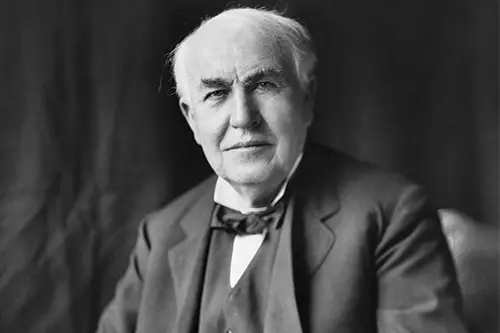
Born in 1847, Thomas Edison lost much of his hearing by his early 20s. He worked in the field of telegraphy — transmitting information via communication systems — where he thrived as an innovator and inventor.
In Thomas’ New Jersey lab, he developed audio devices, invented the incandescent lightbulb, and helped give birth to the motion picture industry.
Ralph Braun
After Ralph Braun’s muscular dystrophy diagnosis, he developed groundbreaking mobility devices. Ralph’s experiences informed inventions, such as motorised scooters, wheelchair accessible vehicles, and wheelchair lifts.
He advocated for the education and employment of individuals with disabilities in science, technology, engineering, and mathematics. Ralph, who died in 2013, is known as the “Father of the Mobility Movement.”
Sang-Mook Lee
Born in Korea and trained as an oceanographer, Sang-Mook Lee was teaching in the United States when a car accident in 2006 paralysed him from the shoulders down.
The experience gave Lee a “bigger purpose” as a scientist and as an educator. Lee advocates for the development of assistive technology for science and engineering education while continuing his own research.
Dr. Sang-Mook Lee’s story is a powerful example of how assistive technologies can enable scientists with disabilities to continue making valuable contributions to their fields.
Assistive Technology used by Dr. Sang-Mook:
– Specialized computer interfaces that allow him to control his computer hands-free using voice commands, eye tracking, and other input methods. This enables him to analyze data, write papers, and communicate with colleagues.
– An electric wheelchair with advanced navigation features that provides mobility around his lab and in the field. Some modern power chairs have features like curb climbing and stair navigation.
– Accessible lab equipment with features like voice output, alternate input methods, and adjustable height workstations that let him perform experiments with less reliance on human assistants.
– Remote collaboration tools like video conferencing that allow him to participate virtually in expeditions and work with distant colleagues without the barriers of travel.
Other Advocacy work
Dr. Lee recognizes that many people with severe physical disabilities feel science is inaccessible to them. In response, he founded a project called ROPOS (Realizing Our Potential In Science) to develop and promote assistive technologies that empower more people with disabilities to pursue STEM careers.
For example, ROPOS is exploring how tools like eye tracking, voice dictation, and smart glasses can be leveraged to help budding scientists with disabilities perform lab work and fieldwork more independently. Dr. Lee envisions a future where ubiquitous assistive tech seamlessly integrated into scientific workplaces makes science truly accessible. To read an interview with Dr. Lee click here.
Stephen Hawking
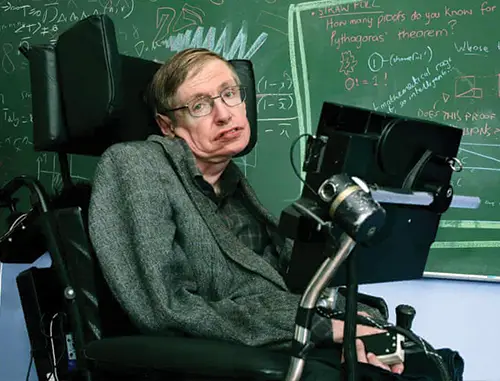
After a diagnosis of amyotrophic lateral sclerosis – a form of motor neuron disease – at the age of 21, Stephen Hawking spent decades working as a mathematician and physicist. Stephen Hawking is probably the most famous scientist who was in a wheelchair.
Stephen used a wheelchair, voice synthesisers, and other technologies to research, write, and communicate. He contributed groundbreaking theories about the origins of the universe, black holes, radiation, and more.
Assistive Technologies Used By Stephen Hawking
Speech-Generating Device:
-
- Used a speech-generating device with a cheek muscle to select characters on a screen.
- This technology allowed him to communicate complex ideas and write papers despite his ALS.
- Custom Wheelchair:
- His wheelchair was equipped with various assistive technologies, including a speech synthesizer and computer interface.
- Enabled him to control his environment and continue working on theoretical physics.
- Advanced Computing:
- Utilized powerful computers for complex calculations and simulations.
- These tools were essential for developing and testing his theories.
Stephen also published, taught, and won numerous awards for his scientific contributions before his death in 2018.
Geerat Vermeij
Geerat Vermeij is an evolutionary biologist who has been blind since childhood. He uses touch in his work with molluscs as he investigates extinct species and their predators.
Geerat attributes his interests in nature and natural history to his parents and supportive teachers throughout his life. He has been published over 200 times.
Geerat states being visually impaired has helped him as a scientist because “being aware” has made him “a better observer.”
Geerat Vermeij’s Unique Insights as a Blind Evolutionary Biologist
Heightened Sense of Touch
- Detailed Morphological Analysis:
- Vermeij’s sense of touch allows him to detect minute details in fossilized shells that sighted scientists might overlook.
- He can discern subtle surface textures, growth patterns, and structural features by feeling the shells.
- Tactile Sensitivity:
- His tactile sensitivity helps in understanding the functional morphology of molluscs.
- By handling specimens, he gains insights into how these creatures interacted with their environment and predators.
Enhanced Awareness
- Holistic Perception:
- Vermeij’s lack of visual input has led to a more holistic perception of his surroundings.
- This broader awareness aids in conceptualizing ecological relationships and evolutionary patterns beyond just the visual data.
- Innovative Hypotheses:
- His unique perspective often leads to innovative hypotheses about evolutionary processes.
- For example, his work on the arms race between molluscs and their predators reflects his understanding of tactile defense mechanisms.
Research on Extinct Molluscs
- Functional Anatomy:
- Vermeij’s ability to interpret functional anatomy through touch allows him to reconstruct behaviors and ecological roles of extinct molluscs.
- He has developed a deep understanding of how shell shapes and structures evolved in response to predation.
- Comparative Analysis:
- He compares modern and ancient specimens through touch, offering insights into evolutionary trends and patterns.
- This comparative approach helps identify evolutionary pressures and survival strategies over geological time.
Study of Predators
- Predation Evidence:
- By feeling the damage on shells, Vermeij identifies predation marks and techniques used by ancient predators.
- His tactile examination reveals patterns of predatory attacks and defenses in the fossil record.
- Evolutionary Arms Race:
- He has contributed significantly to the concept of the evolutionary arms race between predators and prey.
- Vermeij’s findings show how molluscs and their predators co-evolved, leading to advanced defensive adaptations.
Unique Contributions to Science
- Interdisciplinary Approach:
- Vermeij integrates tactile data with other scientific methods, enhancing the understanding of evolutionary biology.
- His work emphasizes the importance of sensory diversity in scientific research.
- Challenging Visual Bias:
- He challenges the visual bias in paleontology and evolutionary biology, advocating for the value of other senses in scientific discovery.
- His success demonstrates the potential for alternative methods to yield profound scientific insights.
Farida Bedwei
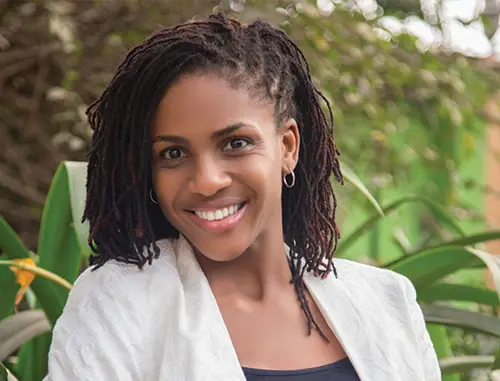
Software engineer Farida Bedwei has cerebral palsy. She developed cloud software now used by over 100 finance companies in her home country Ghana and has published a children’s book to “educate people about disability from the perspective of someone living with it.”
One of the most successful entrepreneurs on the African continent, she’s won awards for her leadership in finance.
Farida Bedwei’s Contributions to Cloud Software and Advocacy
Development of Cloud Software
- Software Solution: gKudi:
- Farida Bedwei co-developed gKudi, a cloud-based banking software.
- It is widely used by microfinance institutions in Ghana for managing loans, savings, and customer data.
- Features and Impact:
- Accessibility: gKudi offers a user-friendly interface accessible from any device with internet connectivity.
- Efficiency: It streamlines operations, reducing manual paperwork and enhancing data accuracy.
- Scalability: The software can scale with the growth of financial institutions, accommodating increasing customer bases.
- Security: Provides secure data management, crucial for financial operations.
- Inclusivity: Helps microfinance institutions reach underserved communities, promoting financial inclusion.
- Adoption and Success:
- Over 200 financial institutions in Ghana use gKudi.
- The software has improved financial services, especially in rural areas, by enabling better management and service delivery.
Advocacy Work
- Promoting Disability Rights:
- Bedwei advocates for the rights and inclusion of disabled people in society.
- She highlights the need for accessibility in technology and public spaces.
- Role Model and Public Speaker:
- Bedwei shares her experiences as a successful entrepreneur with cerebral palsy.
- She speaks at conferences and events, inspiring disabled people and promoting diversity in tech.
- Education and Training:
- She conducts workshops and training sessions to empower disabled individuals.
- Focuses on skills development in technology and entrepreneurship.
- Representation in Media:
- Bedwei writes articles and appears in media to discuss disability issues and technology.
- She emphasizes the potential of disabled people to contribute significantly to society.
Richard Mankin
Research entomologist Richard Mankin serves as the president of the Foundation for Science and Disability and says he was “born to be a scientist.”
Richard wears braces on his legs and uses crutches to walk while conducting field research as part of his work on how insects use smell and sound.
Hamied Haroon
Career advisers discouraged Hamied Haroon from becoming a doctor, but he was determined to pursue a medical career. He has the hereditary condition Charcot-Marie-Tooth disease, which causes neurological deterioration.
Using calipers and a wheelchair, Hamied continues to adapt to changes in his body. He studies dementia in the hopes of developing more effective treatments for the disease by using MRI technology.
Albert Einstein

Albert Einstein’s achievements in the fields of mathematics and physics didn’t come without challenges. Having a learning disability, it’s reputed that he did not learn to talk until age four and was often confronted by teachers for his inability to grasp concepts as fast as other students. It’s possible he was experiencing symptoms of dyslexia.
Edwin Krebs
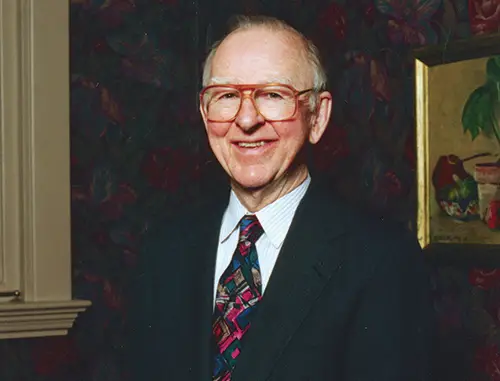
Nobel prize-winning biochemist Edwin Krebs made a sensational discovery in the 1950s about cellular activity in the human body that led to greater understanding about hormones, cell life spans, and even how the body can reject transplanted organs. He is hearing-impaired.
He was one of the last people to discover he would be getting the Nobel in 1992 because he couldn’t hear the phone ring.
By Raya Al-Jadir
3 More Disabled Scientists
Dr. Anousheh Ansari: A Trailblazing Role Model
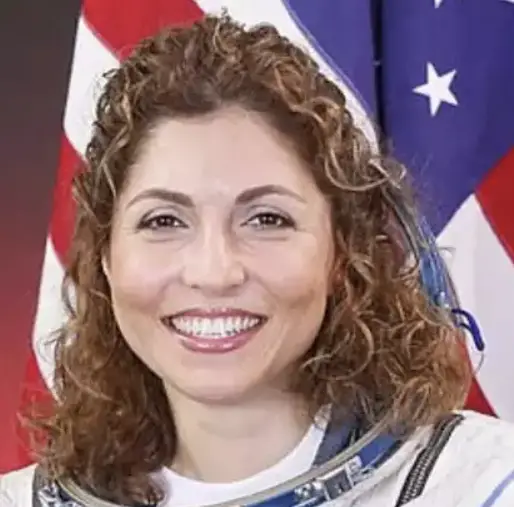
Dr. Anousheh Ansari is a pioneering figure who has broken barriers on multiple fronts:
- In 2006, she became the first female private space explorer and first astronaut of Iranian descent. Her 11-day space expedition fulfilled her childhood dream.
- As a successful entrepreneur, she co-founded and serves as CEO of Prodea Systems, a leading Internet of Things technology firm. She also co-founded the Billion Dollar Fund for Women to invest in women-led companies.
- Dr. Ansari has openly shared her experiences living with disability and chronic illness. Despite facing health challenges, she has achieved major milestones in spaceflight, business and philanthropy.
- Through her example and advocacy, she serves as an inspiring role model for women and minorities to pursue their ambitions in STEM fields.
Dr. Tilak Ratnanather: Advancing Opportunities for Deaf Scientists
Dr. Tilak Ratnanather is working to make STEM more accessible and inclusive for deaf and hard-of-hearing individuals:
- As a deaf biomedical engineer at Johns Hopkins University, he conducts research on brain mapping and cochlear implants.
- Dr. Ratnanather is a prominent advocate for deaf and hard-of-hearing people in STEM. He works to break down barriers and create opportunities through mentoring and outreach.
- He has stated: “I want to see more deaf and hard-of-hearing people enter STEM fields. I want them to know that they can do it, and that there are no limits.”
Dr. Shomarka Keita: Investigating Human Origins and Diversity
Dr. Shomarka Keita’s research provides valuable insights into the roots of human biological variation:
- He is a biological anthropologist at the Smithsonian Institution whose work focuses on human origins and biological diversity.
- As a person with mobility and speech disabilities due to cerebral palsy, Dr. Keita brings an important perspective to his field.
- His research has shed light on the complex interplay of biological, environmental and social factors that shape human diversity.
- Dr. Keita’s example demonstrates the vital contributions that disabled scientists offer through their unique insights and experiences.
What can we do to help more disabled people become great scientists?
Addressing Ableism in Academia
The underrepresentation of disabled scientists is caused by a combination of factors, including:
- Negative attitudes and prejudice
- Lack of accommodations and accessibility
- Inflexible practices that disadvantage disabled researchers
Recent Research Highlights the Problem
- The “Ableism in Academia” report shows that ableism is widespread in academia
- Only 10% of employed scientists identify as disabled, despite 20% of undergraduate students reporting a disability
- Disabled individuals make up just 1.3% of principal investigators as of 2022
A Multi-Pronged Approach is Needed
To create a scientific community where disabled individuals can fully participate, we need:
- Initiatives like Project ENABLE that provide mentoring and promote visible role models
- Universal design principles in research spaces, equipment, and practices
- Mentoring, networking, and professional development opportunities for disabled scientists
- Dedicated funding and support for accessibility, accommodations, and disability-specific programming
Reforming Academic Culture is Essential
- Academic culture must change to truly value diversity and adopt inclusive, flexible practices
- This requires effort from individual scientists, institutions, funding bodies, and scientific societies
- By removing barriers and empowering disabled individuals, we can harness their valuable perspectives to drive innovation
- Creating an accessible, equitable scientific enterprise will benefit not only disabled researchers, but the advancement of science as a whole
The Way Forward
Ableism in academia is a complex problem that requires action on multiple fronts. By implementing practical changes, providing support and resources, and working to shift attitudes and culture, we can create a more inclusive and accessible scientific community. Ultimately, this will lead to better science that benefits everyone.
Renowned Disabled Scientists
Many famous disabled scientists have made significant contributions despite physical challenges. One notable scientist in a wheelchair is Stephen Hawking, whose name is synonymous with groundbreaking theories in physics. Alongside Hawking, there are other famous disabled scientists whose work has profoundly impacted their fields. These handicapped scientists, such as Temple Grandin, a prominent name in animal science, have proven that disability does not hinder genius. The journey of a disabled scientist often involves overcoming societal barriers, showcasing that success is achievable for disabled people in every profession. Celebrating the achievements of these famous disabled persons reminds us of the incredible potential within everyone, regardless of physical limitations.
More on Disability Horizons…

